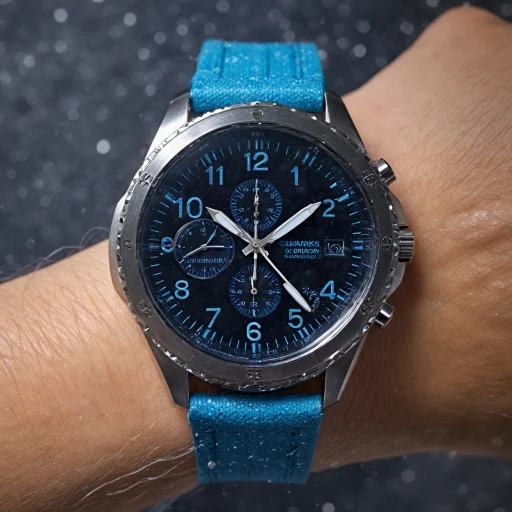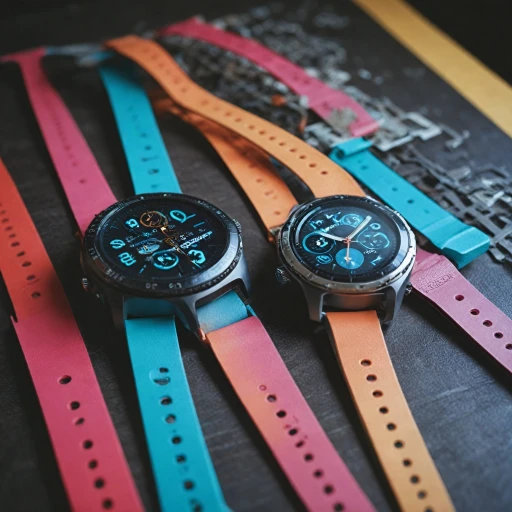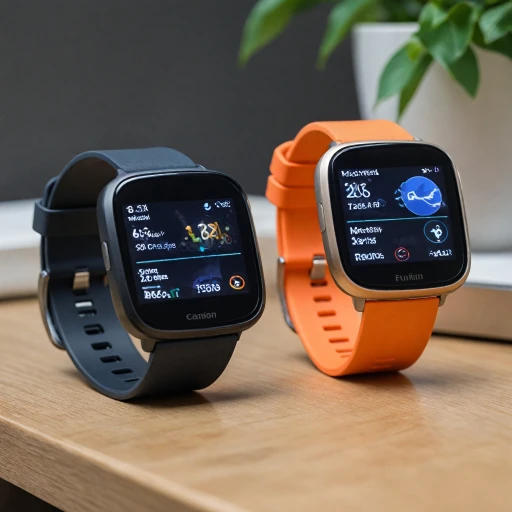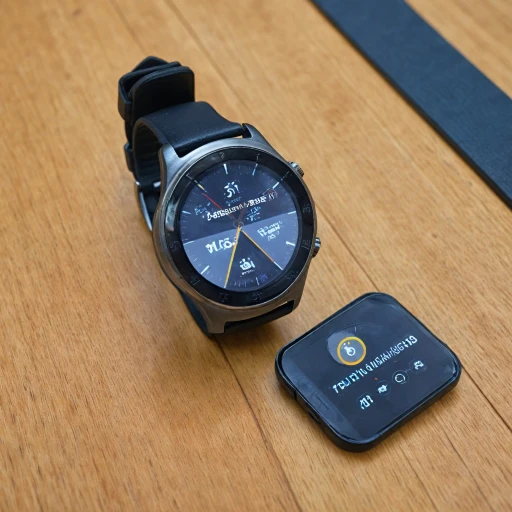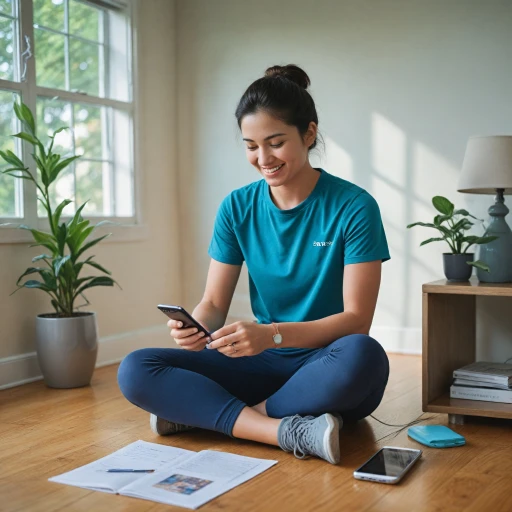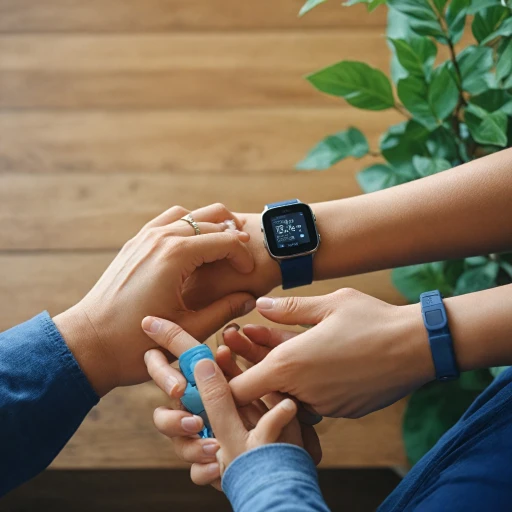Design and Display
Design and Aesthetic Appeal
When considering the Fitbit Charge 5 versus the Charge 6, design and display are noteworthy differences. Both devices offer a sleek, minimalistic look synonymous with the Fitbit line, but the Charge 6 makes subtle yet significant enhancements to overall design.
The Fitbit Charge 5 features a compact, comfortable band that fits neatly around your wrist. It boasts an AMOLED color screen that lends vibrant, clear visuals even under direct sunlight. However, the Charge 6 introduces a refined approach with a slightly larger screen, providing a more expansive view that enhances the fitness tracking experience. This increase in screen real estate allows users easier access to apps like the Fitbit app and Google Maps on your wrist.
The materials used in the Charge 6 provide not only increased durability but also comfort during extended wear. Fitbit’s choice of materials continues to ensure the band is lightweight and breathable, facilitating skin temperature tracking. The Charge 6 also incorporates customizable bands, allowing users to tailor their look to suit various occasions.
By introducing these enhancements, Fitbit has focused on ensuring the Charge 6 remains a stylish accessory that complements both athletic wear and daily outfits. For more insights into how Fitbit is evolving with their design, check out this
exploration of the Fitbit Versa 5 features. Whether your priority is fashion or functionality, Fitbit’s commitment to design ensures you won't have to sacrifice one for the other.
Health and Fitness Features
Advanced Health Monitoring Features
When it comes to health and fitness features, both the Fitbit Charge 5 and Charge 6 offer an impressive suite of tools designed to monitor and enhance your well-being. Understanding these features can help you make an informed decision when choosing between the two.
The Fitbit Charge 5 introduced a multitude of capabilities, including continuous heart rate monitoring, sleep tracking, and Active Zone Minutes. These features provide a comprehensive view of your daily activities and help you stay on top of your fitness goals. Meanwhile, the Charge 6 steps up the game by improving the accuracy of heart rate monitoring and adding newer features like stress management tools and heart rhythm notifications. The Charge 6 also benefits from integration with Google services, such as Google Maps, further extending its versatile functionality.
In terms of fitness tracking, both devices are equipped to track your steps, distance, calories burned, and more. The Charge 6, however, introduces skin temperature variations and SpO2 monitoring, making it more adept at offering insights into more nuanced health metrics. This advanced data collection empowers users to make better decisions regarding their physical activities and health.
For sleep enthusiasts, both versions provide in-depth sleep tracking, but the Charge 6 enhances this experience with personalized insights that are available through Fitbit Premium. This allows users to understand patterns and improve their sleep hygiene over time.
Ultimately, if you're seeking a device that provides an expansive array of health tracking features and prioritizes advanced health metrics, the Charge 6 might be the ideal choice. To further optimize your device experience, learning the
steps to restart your Fitbit effectively could be beneficial, ensuring smooth operation of all features.
In short, both Fitbit models aim to offer robust health and fitness insights, but the additional features of the Charge 6 could be the deciding factor for those looking for a comprehensive fitness tracker.
Battery Life and Charging
Power for Your Everyday Routine
The life of your smartwatch battery can significantly impact your day-to-day usage, whether you're actively tracking your heart rate during fitness activities or relying on your device to monitor sleep. With both the Fitbit Charge 5 and Charge 6, battery life is a crucial factor to consider.
The Fitbit Charge 5 typically offers a battery performance that can last up to seven days on a single charge, based on user reviews and the manufacturer's promises. In comparison, the new Charge 6 has been fine-tuned to provide enhanced battery longevity, potentially adding a day or two to the usage time, depending on your settings and usage patterns.
Apart from the actual battery duration, the charging capabilities of these devices also deserve your attention. The Fitbit Charge 6 has been reported to offer faster charging speeds, allowing you to regain more power in less time which means less downtime for your fitness tracking.
If battery life and charging speed are determining factors in your choice of a fitness tracker, you might find it useful to explore strategies for securing the best deal on the Apple Watch Series 9, renowned for its effective power management solutions
here.
Both models work seamlessly with apps like Google Maps and YouTube Music, although consistent use of these features could impact battery life. Balancing the use of such apps with the necessity of fitness tracking during your daily routine is vital. Whether you're interested in continuously tracking your steps or monitoring the heart rhythm with precision, how often you need to recharge your device can influence your overall satisfaction with the tracker.
Thus, deciding whether the Fitbit Charge 5 or 6 fits your lifestyle involves considering not only the health and fitness features but also how long you can rely on the device before it demands a recharge. This insight would help you in your quest for the ideal fitness companion.
User Interface and Usability
The User Journey: Navigating and Engaging with Ease
When it comes to user interface and usability, both the Fitbit Charge 5 and Charge 6 strive to enhance the overall experience, making the navigation and engagement straightforward for users. The design elements like touch-sensitive surfaces and bright displays contribute to this seamless journey.
- Navigation and Touch Interface: The Charge 6, like its predecessor, uses a touch interface that responds better to gestures and taps. The adjustment in the interface provides an advantage for users who prefer intuitive commands over pushing physical buttons.
- App Connectivity: Integration with Google apps, such as Google Maps and YouTube Music, adds a perk to wearing a charge watch. It's an expansion of usability, letting users keep their smartphones tucked away, still accessing services with a tap.
- Data Synchronization: For health enthusiasts, the Fitbit app is indispensable. Both devices ensure that syncing sleep tracking, heart rate, and exercise data happens seamlessly, allowing users to review their stats easily. The Charge 6 enhances this by optimizing speed and accuracy.
- Customizability: Fitbit allows personalization through its app, letting users choose watch faces that mirror their style. The interface on both fitness trackers can be tailored to focus on metrics that matter most, such as rate exercise or skin temperature monitoring.
- User Experience Upgrade: With slight enhancements in UI, the Charge 6 may take the edge in usability, making it potentially the winner Fitbit in terms of refined touch and interactive elements. This change is subtle yet makes a meaningful difference for tech-savvy as well as casual users.
In conclusion, both iterations aim to deliver an engaged and seamless user experience through consistent connectivity and access to premium features. Each detail is crafted with attention, allowing users to make the most of their fitness device without any hassle.
Connectivity and Compatibility
Staying Connected: Connectivity and Compatibility
When it comes to connectivity options, both the Fitbit Charge 5 and Charge 6 offer solid capabilities to ensure you're always in touch. These fitness trackers utilize Bluetooth to seamlessly link with your smartphone, letting you effortlessly sync your fitness and health data with the Fitbit app. This app serves as a vital companion, enabling you to gain insightful analysis and tracking related to your sleep, steps, heart rate, and more.
As products integrated with Google, both the Charge 5 and Charge 6 benefit from enhanced compatibility with Android devices, allowing users to take advantage of features such as Google Maps for navigation assistance and Google apps for a more comprehensive user experience. Heart rhythm monitoring and skin temperature tracking are also available, providing a complete perspective on your health metrics.
Additionally, Fitbit premium features enhance the utility of these bands, offering personalized insights and guided workouts. For music lovers, the inclusion of & compatibility with YouTube Music on the Charge 6 helps elevate the fitness experience by making it easy to control your workout playlists directly from your wrist.
For connectivity considerations, the Charge 6 seems to pull slightly ahead with its broader support of mobile network bands, making it a winner when it comes to offering more versatile connectivity options. Whether you're on an Android or Apple platform, these devices aim to ensure a seamless experience without compromise. Both smartwatches do an excellent job of setting a standard in the fitness tracker market with reliable connectivity and broad compatibility.
Price and Value for Money
Cost-Effectiveness and Worth
When it comes to choosing between the Fitbit Charge 5 and Charge 6, understanding their prices in conjunction with the value they provide is crucial. Both devices offer a blend of fitness and health features, but the Charge 6 takes a leap forward with its incremental advancements in technology.
The Fitbit Charge 5 is considered a strong contender in the mid-range fitness tracker market, appealing to users looking for a reliable watch packed with essential features like heart rate and sleep tracking. Typically, it is priced competitively, making it accessible for a broad audience. The introduction of GPS and an EDA sensor adds to its allure, enhancing the price-to-feature ratio.
On the other hand, the Charge 6, while priced slightly higher, builds on the strengths of its predecessor by incorporating upgraded features. Notably, improvements in the heart rate monitoring system and advanced integration with Google apps, such as Google Maps and YouTube Music, offer an enriched experience. This makes it an attractive choice for users prioritizing connectivity and usability.
Additionally, both models offer users access to Fitbit Premium, albeit requiring a subscription for premium insights and data. This service can enhance the perceived value, providing detailed health analytics and personalized guidance. Opting for a premium subscription can be beneficial for those seriously invested in their fitness journey.
In terms of value for money, the Charge 6 might emerge as the better long-term investment, especially for tech-savvy users seeking robust connectivity through the Fitbit app. However, for users satisfied with essential fitness tracking and monitoring capabilities, the Charge 5 remains a compelling choice.
In conclusion, both fitness trackers present substantial offerings, each catering to different user needs depending on their budget and feature requirements. If budget constraints aren't a primary concern, investing in the Charge 6 could offer more "bang for your buck" with its superior features and compatibility options.

